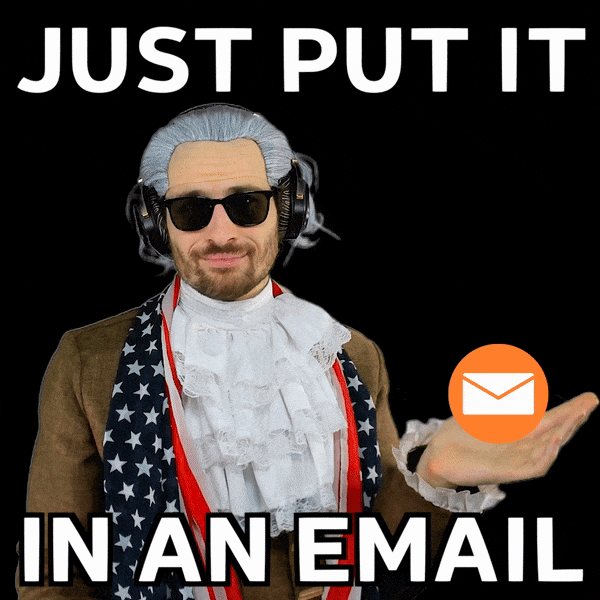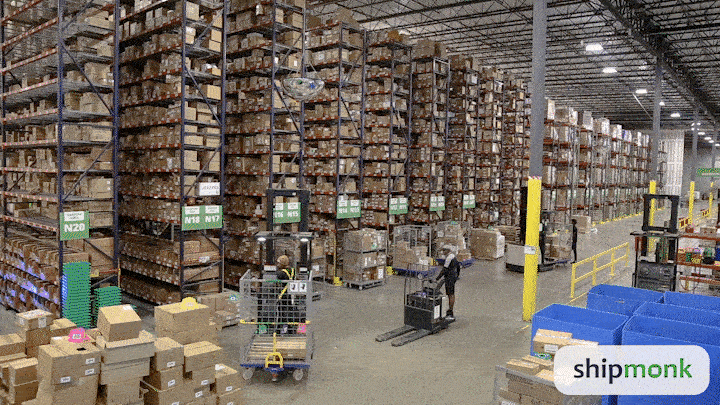Tired of chatbots that sound like a broken record? It's time to evolve. Discover how AI employees transform customer interactions, making clients feel heard and valued in every conversation.
Why Are AI Employees the Future of Customer Service?
Let’s be clear: your customers don’t want to talk to robots. When seeking support or information, they expect to be heard, understood, and treated as individuals, not as mere numbers. This is where AI employees are changing the game.
AI employees are not just chatbots with a fancy name. They are solutions designed to deliver authentic and productive interactions, eliminating the frustration caused by traditional bots.
What Makes Them Different?
AI employees are advanced AI solutions designed to take on specific tasks in a personalized and efficient manner. Unlike traditional chatbots, they can:
- Understand the context of each interaction.
- Adapt to the client’s tone and needs.
- Perform complex tasks without human intervention.
The 5 Key Tasks an AI Virtual Employee Can Handle
-
Lead Qualification: AI employees identify and prioritize potential clients by analyzing queries and data. They turn leads into real opportunities, speeding up the sales process.
-
Reactivating Inactive Clients: They reconnect with lost customers by analyzing behavioral patterns and sending personalized messages, reactivating leads and generating new opportunities.
-
Collections Management: They automate the payment reminder and collection process, facilitating communication with clients while maintaining positive relationships.
-
Satisfaction Surveys and Feedback: They conduct post-interaction surveys (CSAT/NPS) to gather opinions, detect issues, and ensure customer satisfaction.
-
Upselling and Post-Sales Tasks: They drive additional sales and offer complementary products or services, maximizing each interaction and boosting long-term profitability.
Limitations of Traditional Chatbots: What They Can't Do for Your Business
How many times have you tried solving something with a chatbot only to end up frustrated? Those generic responses like "I don't understand your query" or "Please try again" are a headache for everyone. Now, imagine what your customers feel.
Traditional chatbots, while useful for simple questions, have clear limitations that can harm user experience and, at worst, cost you sales:
- They’re Robotic: They don’t understand context or improvise. If a query goes beyond their programming, they’re left without answers.
- Lack Personalization: Every customer receives the same treatment, regardless of their history or specific needs.
- Can’t Handle Complex Tasks: If a customer asks for more than a “yes or no,” the chatbot will likely escalate the issue to the human team, increasing wait times.
Typical Example of a Traditional Chatbot:
A customer asks about a past promotion. The chatbot replies: "Sorry, I don’t understand your query." Result: frustration and potential churn.
This is where chatbots fall short. In contrast, an AI employee can understand context, connect emotionally, and effectively resolve problems.
AI Employees: Transforming Human Interaction with Artificial Intelligence
What if your customers felt like they were speaking to an expert, not a robot? That’s exactly what AI employees offer: an experience that combines technological efficiency with the human touch your clients expect.
Unlike chatbots, which are limited to preprogrammed responses, AI employees can learn, adapt, and respond in a personalized way, elevating interaction quality and strengthening customer relationships.
What Makes AI Employees Unique?
- Realistic Human Interaction: They analyze tone, context, and emotions behind every message to respond empathetically and relevantly.
- Adaptive Intelligence: With each interaction, they improve their understanding of the customer and refine their responses to provide more precise solutions.
- Integration with Internal Systems: Connected to tools like CRMs, AI employees update data in real time, ensuring information is always up to date.
Chatbots vs. AI Employees: A Comparison of Efficiency and Personalization

How many times have your customers abandoned an interaction because the chatbot couldn’t understand what they wanted? This is one of the main limitations of traditional chatbots: a lack of personalization and efficiency.
On the other hand, AI employees are designed to overcome these barriers and deliver a superior experience. Here are the key differences:
- Context:
- Chatbots: Limited to answering direct questions; they don’t understand customer history.
- AI Employees: Analyze each past interaction and adjust responses to reflect a deep understanding of the customer.
- Personalization:
- Chatbots: Generic responses that don’t adapt to individual needs.
- AI Employees: Each message is unique, specifically designed to connect emotionally with the customer.
- Operational Efficiency:
- Chatbots: Require human intervention to solve issues beyond the basics.
- AI Employees: Automate advanced tasks such as lead reactivation, customer follow-ups, and CRM updates, saving time and resources.
Practical Example:
A customer wants information about a product left in their cart weeks ago:
- Chatbot: "Sorry, I don’t have information on this. Please contact support."
- AI Employee: "Hello, [name]. I noticed that the product [X] is still in your cart. Would you like to complete the purchase with a special discount?"
Traditional chatbots are basic tools that serve a limited function, while AI employees are true drivers of productivity and customer experience.
Comparison: Traditional Chatbots vs. AI Employees
| Aspect | Traditional Chatbots | AI Employees |
|---|---|---|
| Response Capability | Preprogrammed responses, limited to simple queries. | Adaptive responses based on history and context. |
| Personalización | Generic, without considering customer needs. | Fully personalized using real-time data and analysis. |
| Complex Tasks | Unable to handle processes like lead reactivation. | Manages advanced tasks such as segmentation and automated follow-ups. |
| Empathy | Robotic, unable to understand emotions or intentions. | Recognizes customer tone and adjusts its approach accordingly. |
| Integration | Limited to basic functions; disconnected from CRM systems. | Deep integration with CRM and internal systems. |
| Scalability | Requires constant human intervention for complex issues. | Automates tasks and reduces the need for human involvement. |
Advantages of AI Employees for Enhancing User Experience
The key to standing out in a competitive market is offering a user experience that not only meets expectations but exceeds them. AI employees achieve this with the following advantages:
-
Personalized Interactions
Customers want to feel special. An AI employee tailors each interaction, ensuring the customer feels that their time and needs are valued.
-
Quick and Effective Resolution
With access to real-time data, AI employees can resolve queries and complete tasks instantly, eliminating wait times and frustrations.
-
Operational Efficiency
They automate repetitive and complex tasks, allowing your human team to focus on strategic activities.
-
Scalability
As your business grows, an AI employee can handle increasing interactions without compromising service quality.
The result? Happier customers, more efficient processes, and a team that can focus on what truly matters.
Conclusion: How Darwin AI Revolutionizes Customer Service with AI Employees
AI virtual employees are not just technological tools—they are strategic allies that transform how you manage your business.
From qualifying leads to automating collections and improving post-sales support, these advanced solutions optimize key processes and humanize the customer experience.
Ready to take your customer service to the next level? Discover how Darwin AI’s virtual employees can revolutionize your business today.
.png)






















